[ad_1]
By Customer Author Rachel Perez
In case your yard suffers from poor drainage or soil erosion, then you definitely definately may uncover areas of standing water after heavy rain. From gathering stormwater air air pollution to creating a breeding flooring for mosquitoes, standing water could trigger many points.
Fortunately, there is a smart reply that will not solely resolve your backyard drainage factors nevertheless could even help the ambiance. In merely ultimately, any home-owner can flip their yard’s standing water and gradual drainage into an eyecatching boon for the native ecology. With that in ideas, proper right here’s how one can assemble the ultimate phrase rain yard.
What’s a Rain Yard?
Put merely, a rain yard is a purposely-built house of a yard designed to facilitate drainage. In some circumstances, soil erosion and compaction create areas of the yard that not drain. When it rains, these areas allow storm runoff (typically polluted) to collect in low spots of a yard. Using easy landscaping methods and native crops, a rain yard turns these low-lying, compacted areas of your yard into spots with pure drainage and a great deal of pure filters. This allows the stormwater to empty, filtering out chemical and waste air pollution sooner than they attain native waterways, and avoids the hazards of standing water (mosquito breeding grounds and putrid smells).
Not solely do rain gardens promote the growth of pure crops, nevertheless they’re moreover participating to native wildlife. Briefly, rain gardens make good pure habitats in your yard. Moreover, since rain gardens help deal with water runoff, your state or metropolis would possibly provide tax credit score.
How Does a Rain Yard Work?
Placing in a rain yard is like together with infrastructure to your yard. The strategic placements of shrubs, crops, and bushes create a root system that absorbs water and passes the nutritional vitamins alongside to the crops. This helps create a pure water cycle that allows for proper drainage and pure progress.
Strategies to Assemble a Rain Yard
One of many participating choices of a rain yard is how easy it is to assemble. With minimal maintenance required, a rain yard will thrive as nature supposed. Nevertheless as with all worthwhile problem, evaluation is important and requires a bit little bit of planning sooner than you break flooring.
Study and Put collectively the House
The 1st step is determining the most effective house in your rain yard. These are sometimes on the bottom of slopes, or in a low-lying melancholy that is prone to flooding.
Be aware of yard areas that catch most of the runoff from the house roof and downspouts. If potential, assemble your yard inside 30 toes of the downspout or roof drainage for max effectivity. Maintain the rain yard not lower than 10 toes out of your non-public dwelling’s foundation to stay away from water seeping into your foundation partitions.
You’ll moreover have to stay away from areas in heavy shade. A rain yard desires not lower than partial daylight (ideally direct) so the water not solely absorbs into the underside however moreover evaporates as shortly as potential. An extreme quantity of shade will gradual the tactic down.
Lastly, contact your utility agency to stay away from buried traces sooner than you start digging. Whereas prepared for them to mark protected zones, take a soil sample and set up its composition.
Set up Soil and Native Plant Kinds
Determining the soil composition is an important step in ensuring appropriate drainage. Significantly, you’ll want to discover out in case your soil is sand, clay, or loam-based. It’s possible you’ll ship your soil for an official soil check out, or it might be completed with a straightforward actually really feel check out. Merely roll some moist soil in your arms and observe what happens to it when you squeeze it. If the soil disintegrates like sand, then it’s sand. If it sticks collectively, then it’s clay. If it’s clear nevertheless crumbly, then you definitely definately’ve purchased loam.
Your soil kind helps resolve the minimal dimension of your rain yard. Clay-based soil is gradual to empty, so it ought to need further flooring house; sand is fast-draining, so it might be small nevertheless environment friendly; loam soils are frequent drainers. Nonetheless, with the addition of sand or completely different substrates, loam-based rain gardens can improve their absorption prices.
Whenever you’ve acknowledged your soil kind, it’s time to resolve on which crops will thrive in your rain yard. Native crops, along with water-loving flowers, shrubs, and bushes, are mandatory rain yard choices. They’re naturally low maintenance, as they’ve developed in your house over millennia, along with native wildlife and local weather circumstances.
Though individuals may not see it, native crops have a flowery and complementary relationship with each other. This native ecosystem is liable for water drainage, pollinator help, and wildlife help. Briefly, native crops are hearty, easy to develop, and utterly tailor-made in your native circumstances. They attraction to native birds, mammals, and pollinators, infrequently require fertilizers, and look beautiful.
Plant and Preserve your Rain Yard
Now that your soil kind and have acknowledged your native crops, it’s time to panorama. The rain yard should range from 4 to eight inches deep, counting on the grade (a steeper grade must be dug deeper to accommodate further water). The center must be the deepest half, and all of the rain yard must be stage.
Plant the hardiest, drought-resistant native crops throughout the center. A lot much less tolerant crops should line the pores and skin of the yard.
Furthermore, be certain to:
- Accurately space crops to encourage deep root progress.
- Mulch the rain yard to suppress weeds.
- Use stones of varied sizes to gradual erosion.
- Winterize with additional mulch (rain gardens will proceed working with snow).
After 2-3 years, your rain yard will most likely be a self-sustaining ecosystem. Weeds will most likely be crowded out, and your rain yard’s crops will most likely be diverting and filtering polluted and additional rainwater.
Rain gardens are a protected reply to your yard’s drainage factors. Faraway from the difficulty of digging irrigation trenches, gravel drains, or drainage culverts, a rain yard will deal with stormwater efficiently and switch into a beautiful wildlife sanctuary.
For further particulars, see How To Assemble a Rain Yard Step-By-Step at Residence Advisor
Author’s Bio: Rachel Perez is a graduate of New York Faculty who contributes to residence enchancment, landscaping, and renovation articles. When not writing, she enjoys gardening collectively along with her family and spending time throughout the Florida sunshine.
[ad_2]
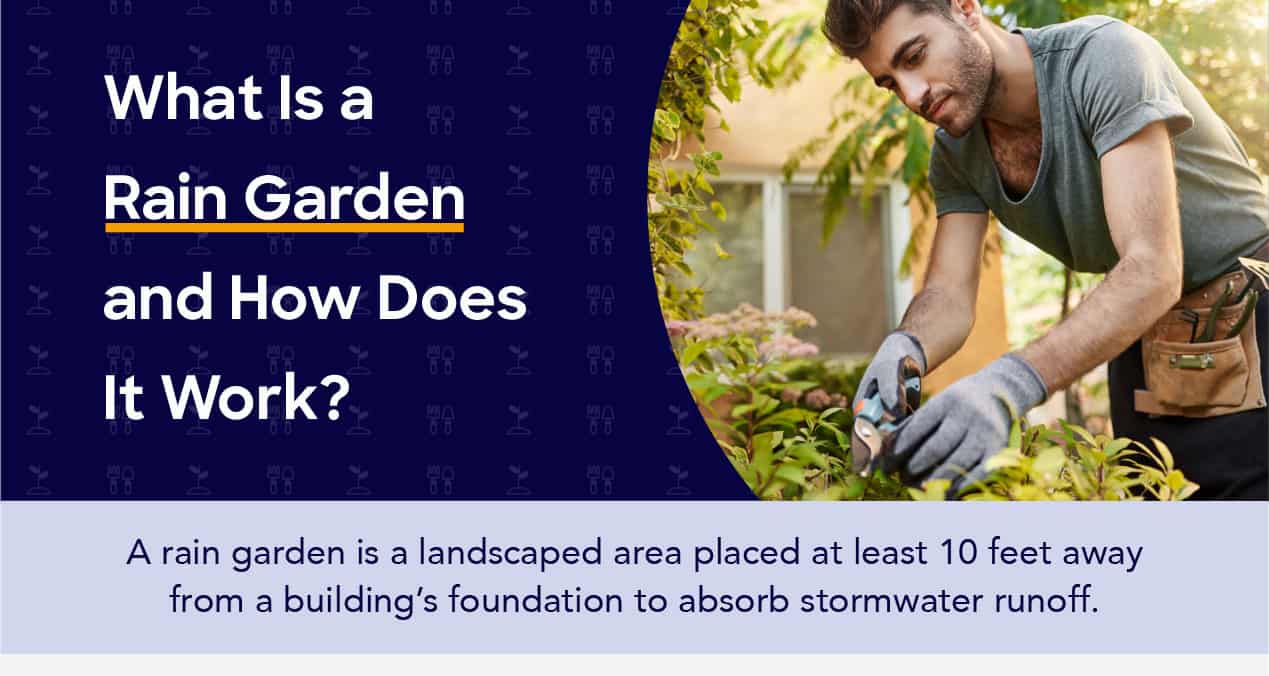
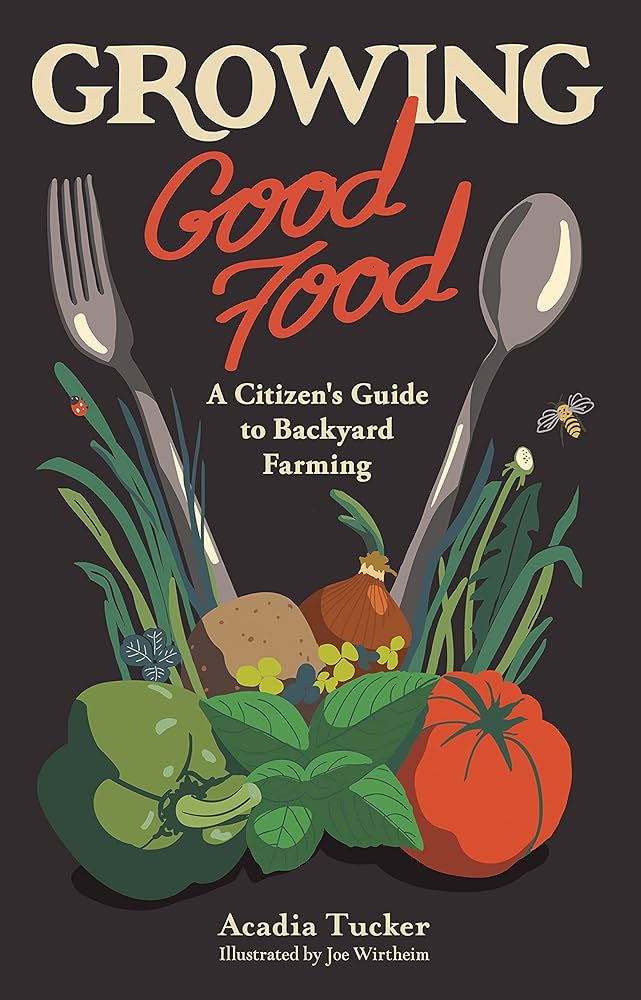
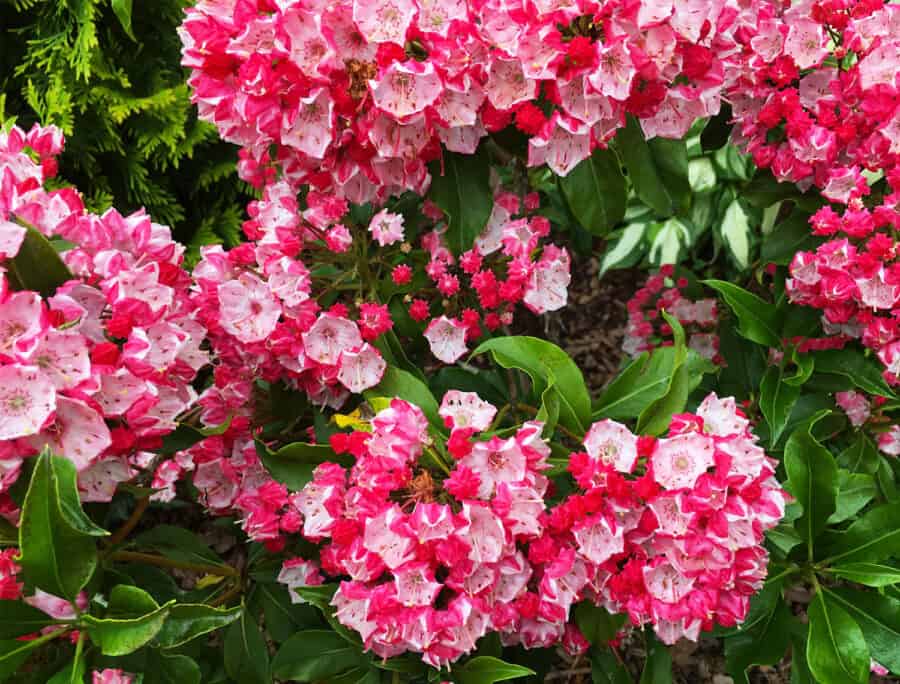
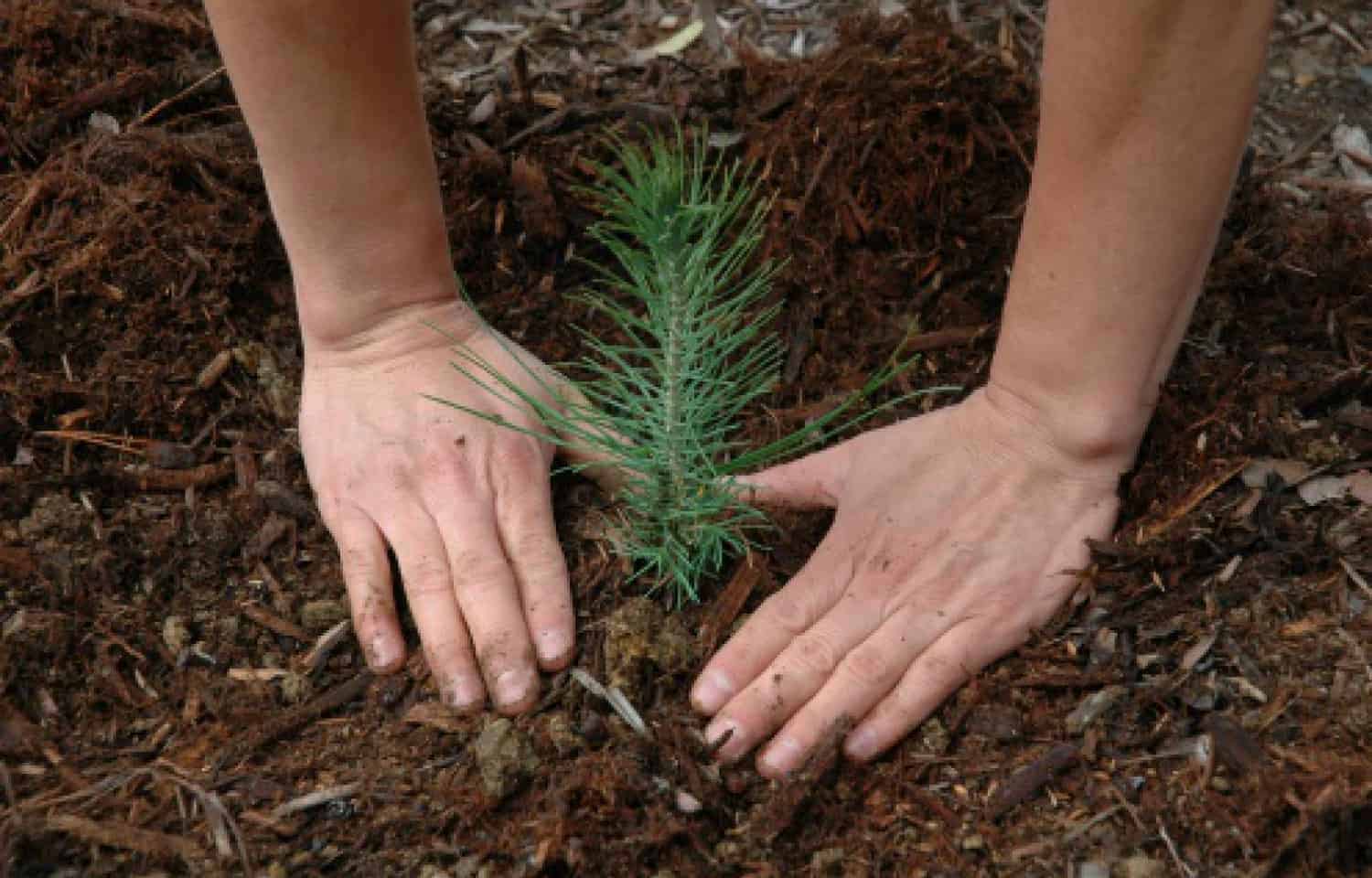
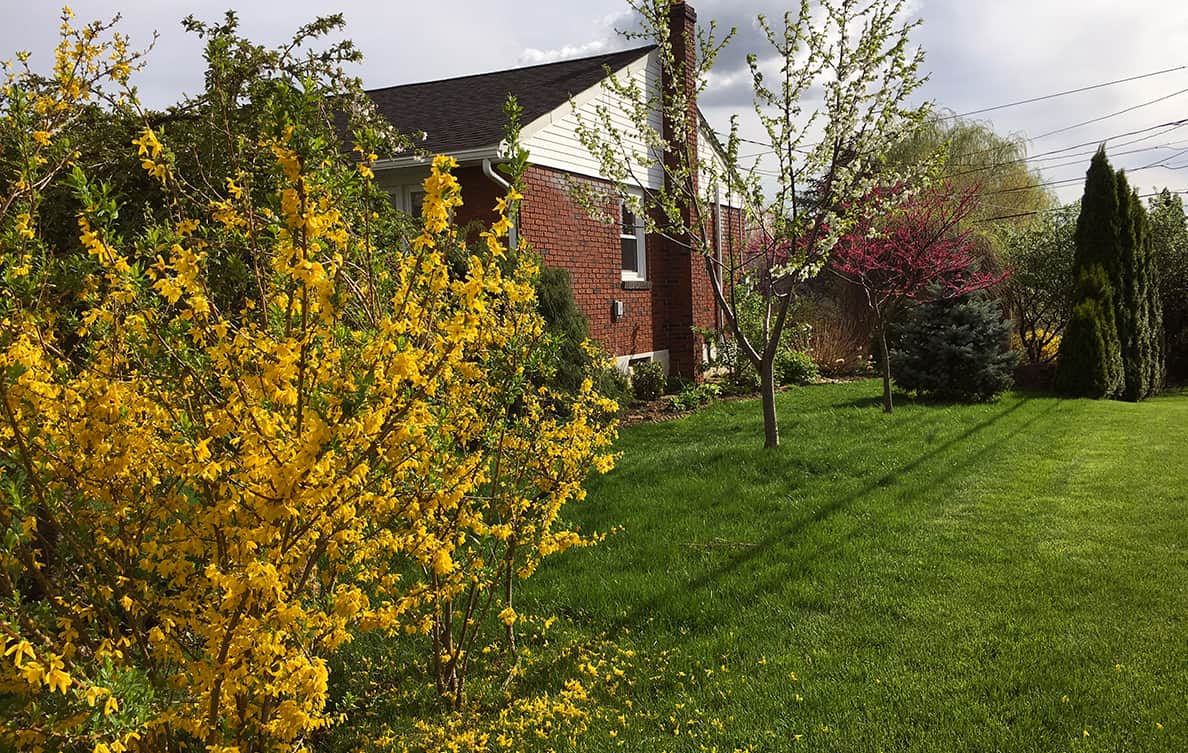
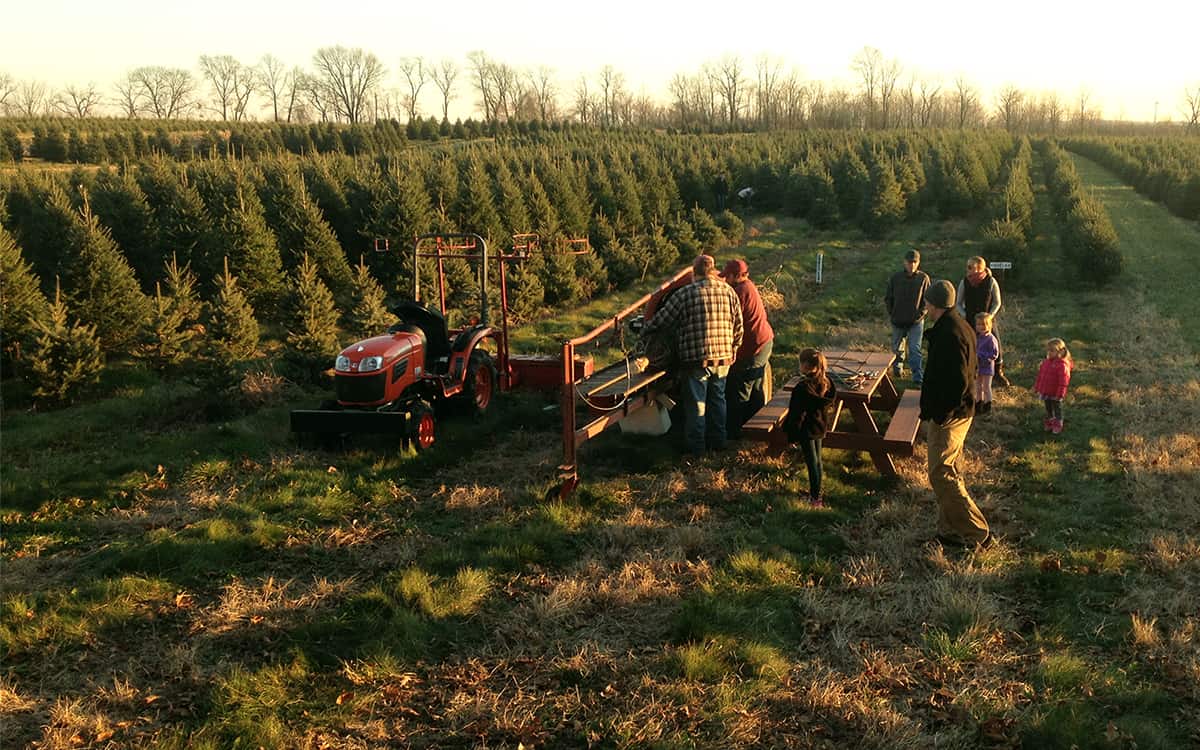
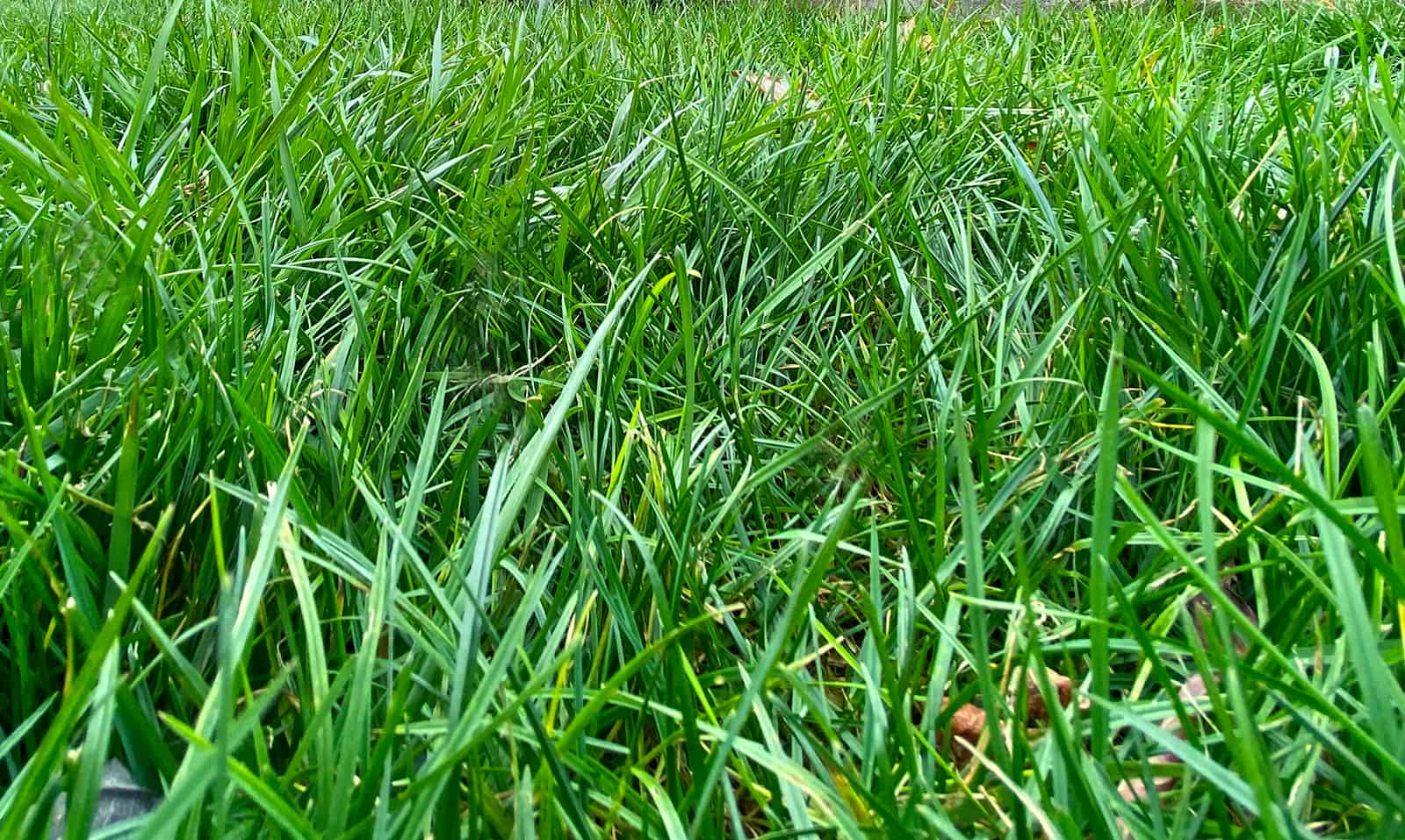
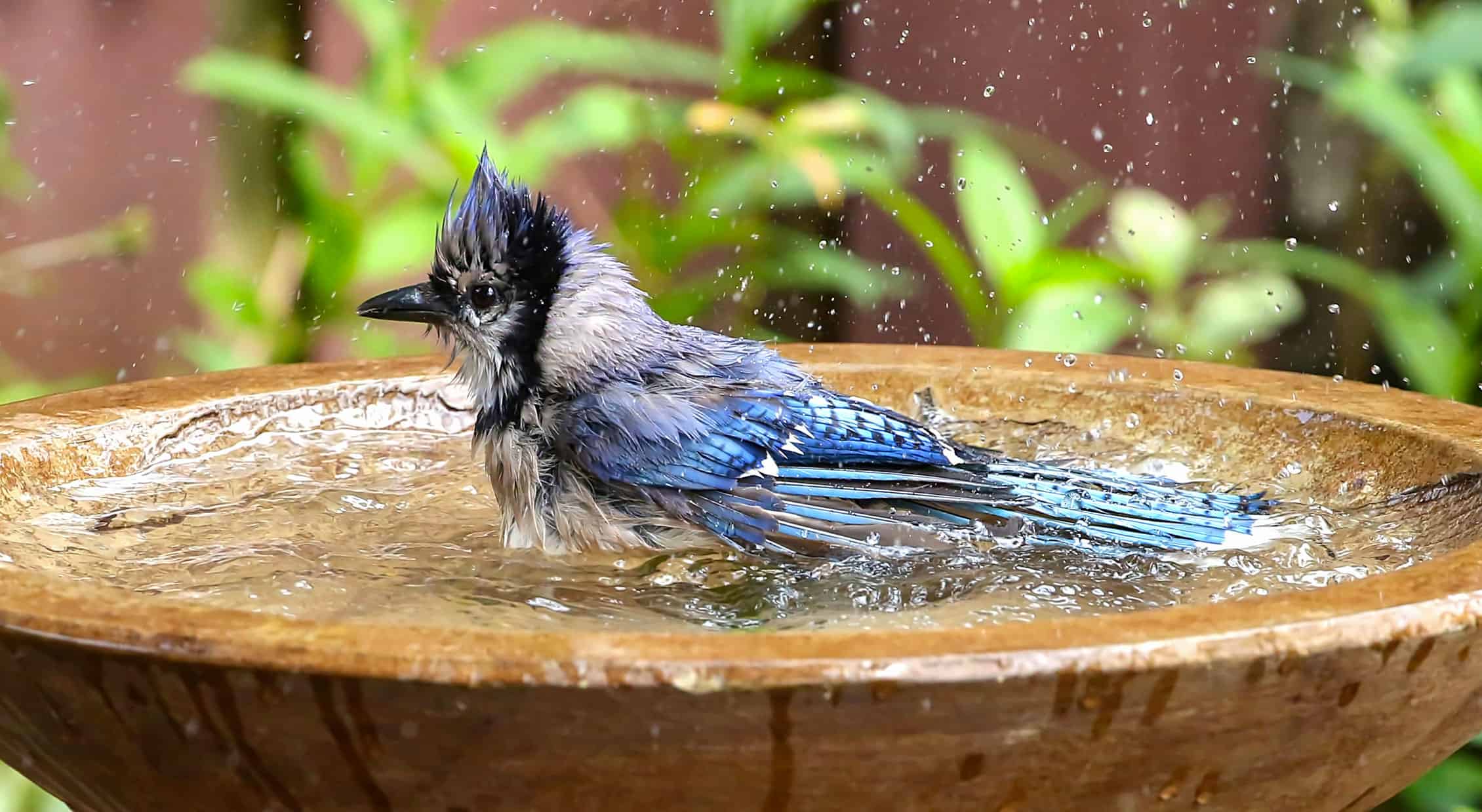

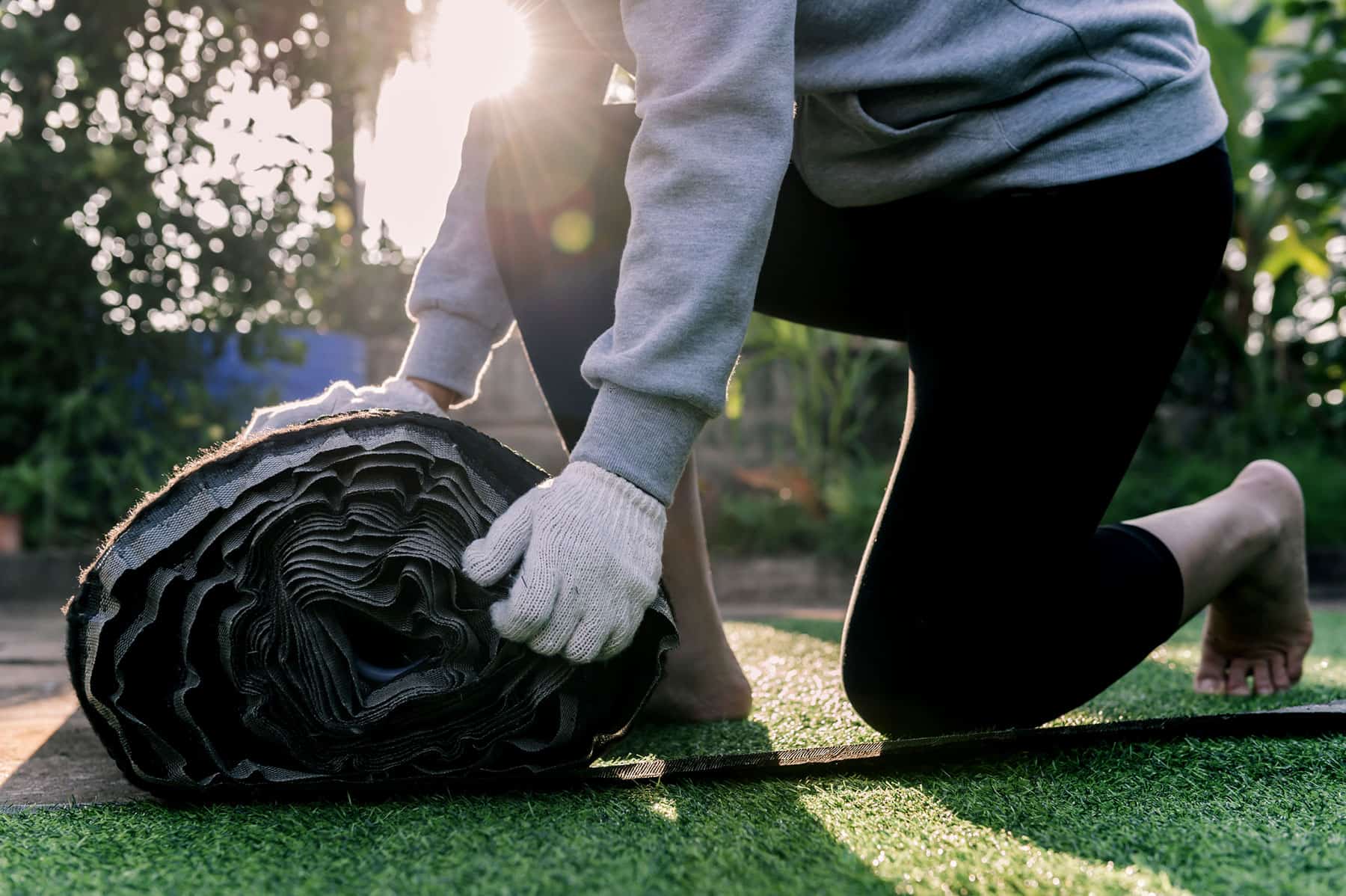
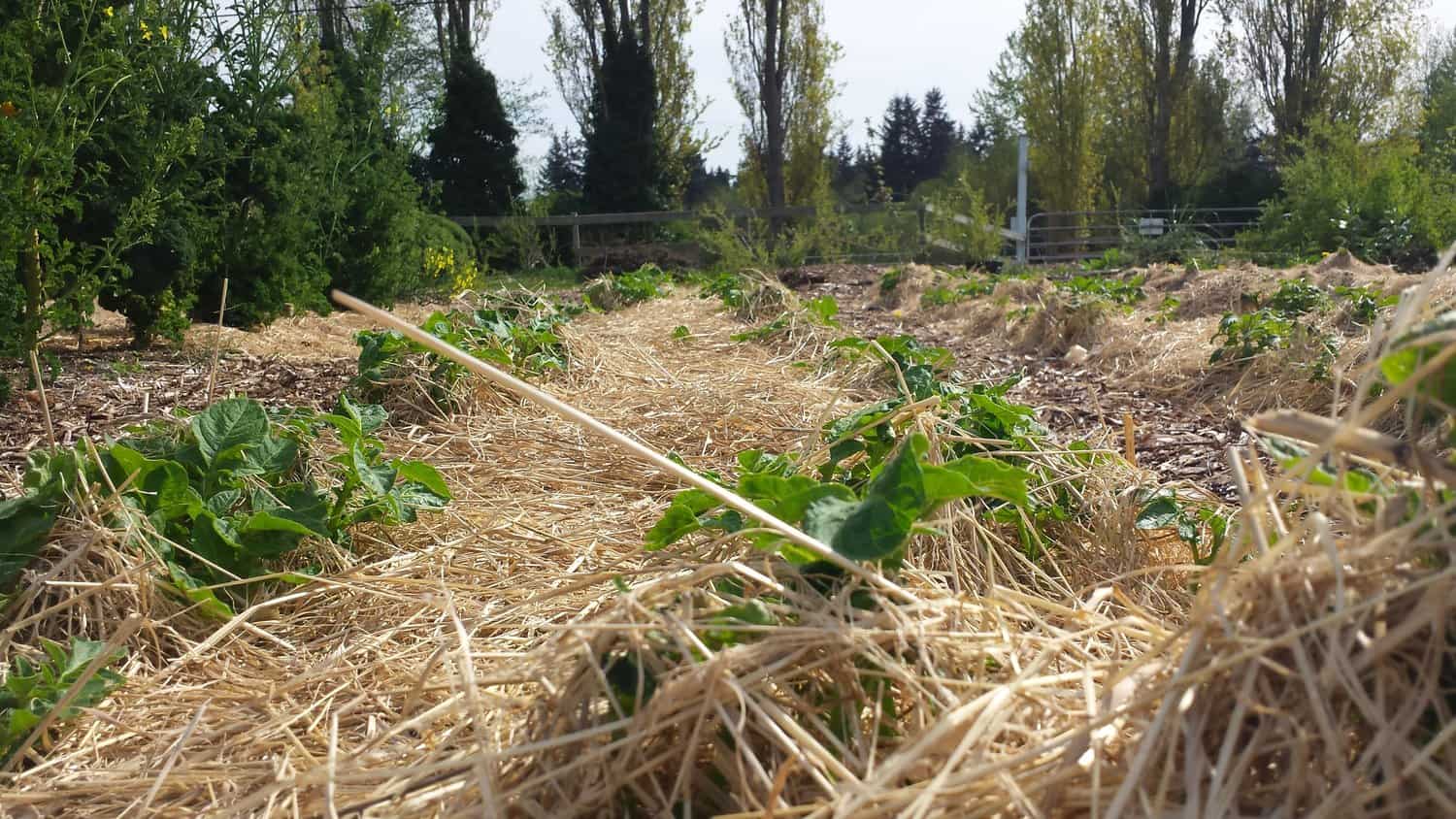
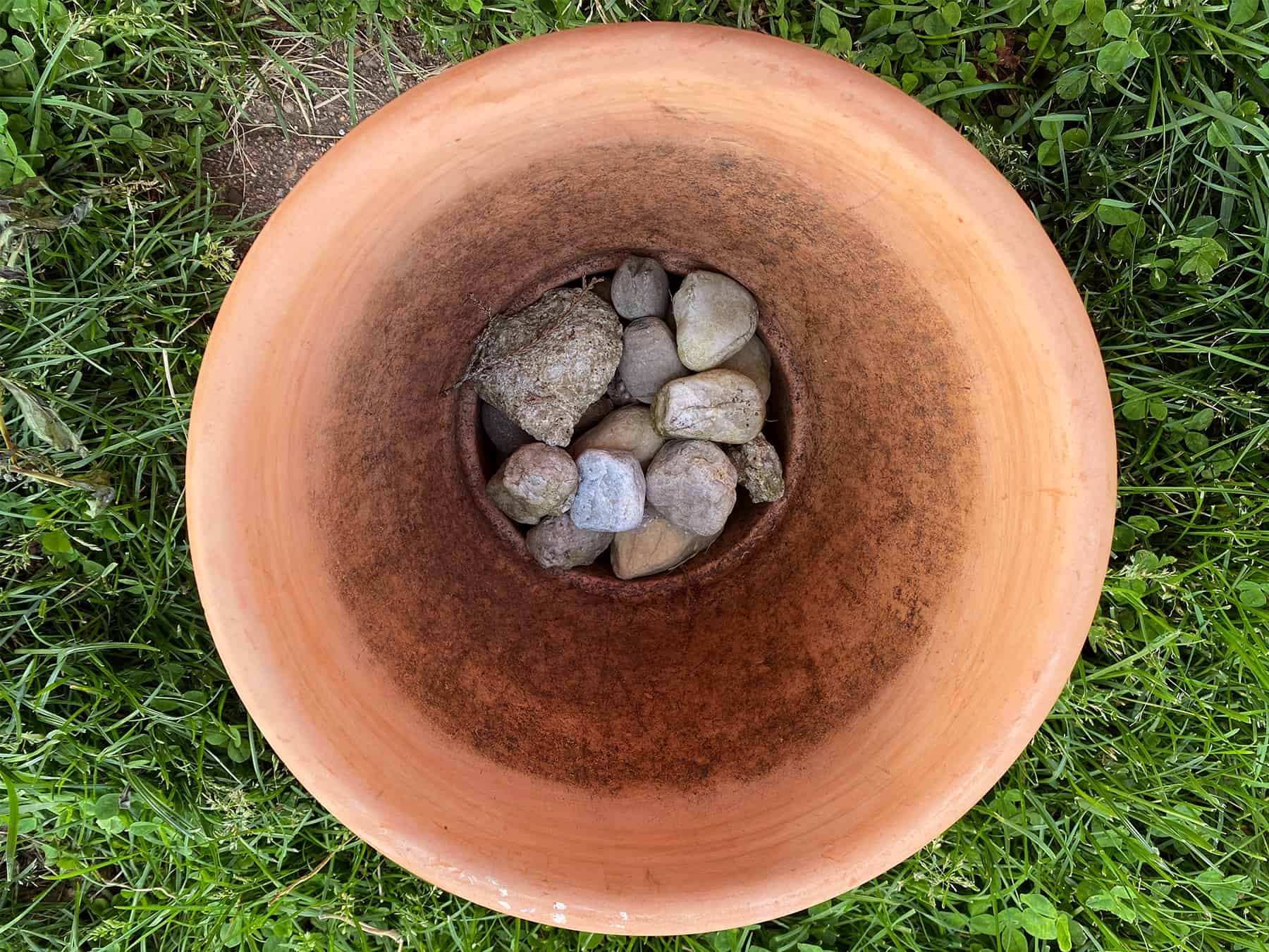

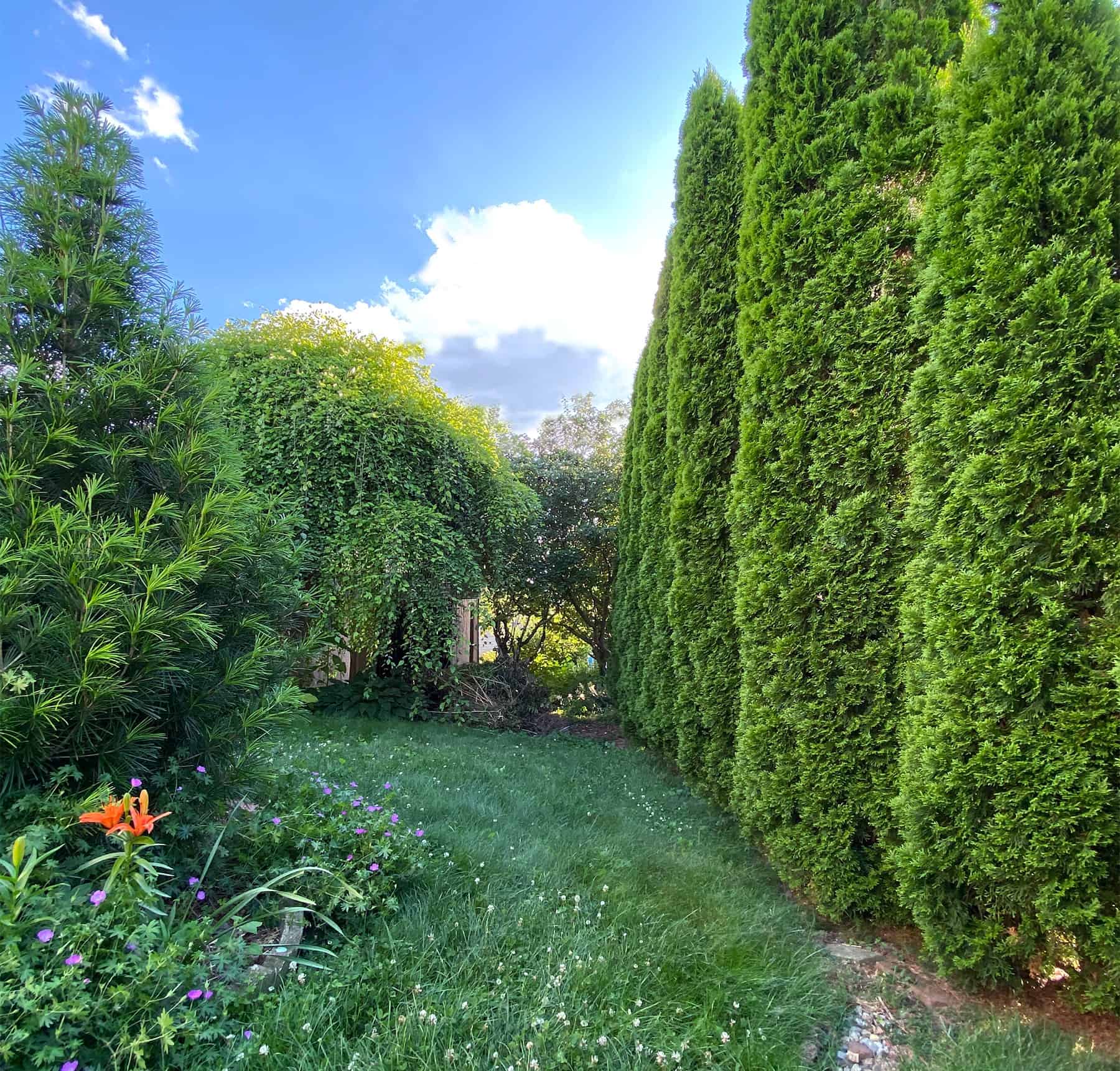
Leave a Reply